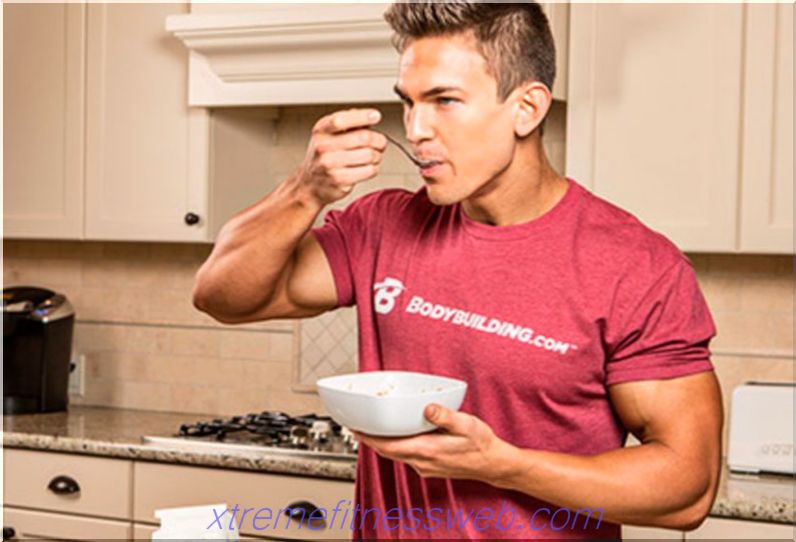
It is impossible to become the owner of a relief press without observing the dietary rules. Even intensive training to the point of exhaustion will not give the desired result if you eat foods that contribute to the formation of fat on the stomach and sides.
It is required to know that the human body is reluctant to part with fat deposits and therefore, as soon as our body receives an alarm signal about the lack of its usual energy, it immediately stops any biochemical reactions, including muscle growth. Therefore, in order to achieve a result, you need to choose a balanced diet for yourself.
According to the latest developments of sports nutritionists, a diet aimed at stable fat loss and preservation of muscle tone meets the following requirements:
Content
- 1 1. Stimulation of the process of burning fat.
- 2 2. As much protein as possible
- 3 3. Fats.
- 4 4. Control the intake of fats and carbohydrates
- 5 Recommendations:
1. Stimulation of the process of burning fat.
In order to meet this requirement, it is necessary to reduce the intake of high-calorie foods, as well as add to your diet those products whose action is aimed at stimulating the processes of burning fat. These products include:
- Water. Athletes need to drink up to 3 liters of fluid per day. If you receive less water during the training period, your body will slow down all the processes of burning fat. By the way, in this regard, the use of green tea with water will also be very useful.
- Low fat dairy products. As experience shows, dairy products have the ability to stimulate the process of burning fat. Due to the content of natural calcium, they are perfectly absorbed in the body. Eat low-fat dairy products and make various fat-burning smoothies based on them.
- Vitamin C. It is best to use it in its natural form. Eat unlimited citrus fruits (orange, grapefruit), berries (sea buckthorn, black currant) and a salad of red, Brussels and cauliflower.
2. As much protein as possible
Dishes that supply us with calories also need them for their own digestion in the body. The absorption of proteins requires half as much energy as for fats and carbohydrates. Therefore, if your diet contains a lot of protein, then for its digestion, the body will need to expend more calories. This principle has become the basis of the popular and effective protein diet of Atkins.
3. Fats.
The fat content in the daily diet should be 20-30% of the total. At the same time, the consumption of animal fats is important, since animal cholesterol synthesizes the main fat-burning and anabolic hormones. Sources of these fats are: eggs, salmon, nuts and olive oil.
4. Monitoring the intake of fats and carbohydrates
The significance of fat as an energy source is negligible. Our body takes it from the supply in the last turn. Based on this, you should minimize the consumption of carbohydrates and thereby make your body take the accumulated fat from the reserves as additional energy. At the same time, it is especially important that carbohydrates received in small quantities be slow. Their source may be unpolished rice, vegetables, fruits, oatmeal and cereal.
Recommendations:
- Reduce the energy intensity of your daily menu to 30 kilocalories per 1 kg of weight.
- Provide yourself a meal every 2 or 3 hours, but in small quantities.
- You can cycle the consumption of carbohydrates, then your muscles will be constantly in a state of tone. So, for example, eat less food containing carbohydrates one day, but then increase the daily norm on the next day.







